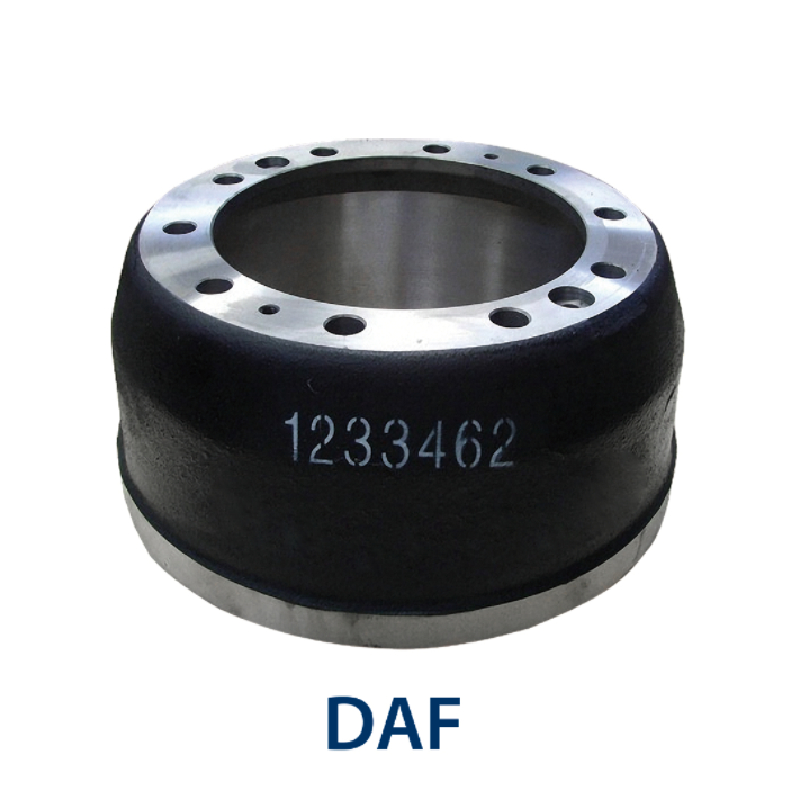Sep . 18, 2024 19:12 Back to list
brake drum manufacturing process
The Brake Drum Manufacturing Process A Comprehensive Overview
Brake drums are critical components of the braking system in various vehicles, primarily those with drum brake systems. They play an essential role in ensuring that vehicles can stop effectively and safely. The manufacturing process of brake drums involves a series of precise steps that require advanced technology and high-quality materials to meet safety standards and performance expectations. This article will outline the primary stages involved in the manufacturing of brake drums.
Material Selection
The first step in the brake drum manufacturing process is the selection of materials. Brake drums are typically made from cast iron due to its excellent wear resistance and ability to handle high temperatures generated during braking. In recent years, manufacturers have also explored alternatives, such as aluminum alloys, for weight reduction and improved performance. The chosen material must meet specific criteria, including thermal conductivity, tensile strength, and machinability.
Melting and Casting
Once the material is selected, the next phase is melting and casting. In this stage, the selected metal is heated in a furnace until it reaches a molten state. The molten metal is then poured into molds that have been precisely designed to form the shape of the brake drum. This casting process might employ sand casting or more advanced techniques like permanent mold casting. After the metal cools and solidifies, the molds are removed, resulting in rough brake drum shapes known as castings.
Machining
After the casting process, the brake drums undergo machining. This step is crucial for achieving the desired dimensions and surface finish. Machining typically involves operations such as turning, drilling, and milling, which help refine the contours of the drum, ensuring it conforms to strict specifications. Precision is vital at this stage, as even minor deviations can affect the drum's performance and lifespan.
Heat Treatment
brake drum manufacturing process

To enhance the mechanical properties of the brake drums, they often undergo heat treatment. This process involves heating the drums to a specific temperature and then cooling them quickly, typically in water or oil. Heat treatment improves the hardness and durability of the cast iron, making the brake drums more resistant to wear and thermal fatigue during operation. The heat-treated drums are then inspected for structural integrity and performance characteristics.
Surface Finishing
After heat treatment, the brake drums receive surface finishing. This step aims to improve the surface quality by removing any imperfections that may have occurred during previous processes. Surface finishing methods include grinding and polishing, which enhance the surface's smoothness, ultimately improving the friction characteristics when brake shoes make contact with the drum.
Quality Control
Quality control is a fundamental aspect of the brake drum manufacturing process. Each drum undergoes rigorous testing to ensure it meets industry standards and manufacturer specifications. This includes dimensional checks, visual inspections, and performance testing under simulated operational conditions. Any defective brake drums are either reworked or discarded to maintain high safety and quality levels.
Final Assembly and Packaging
Once the brake drums pass quality inspections, they go through the final assembly phase, where they may be coated to prevent corrosion and enhance durability. The ready-to-ship products are then packaged for distribution. Manufacturers often provide detailed specifications and installation instructions to ensure proper usage by automotive technicians.
In conclusion, the manufacturing process of brake drums is intricate and multi-faceted, involving careful material selection, precision machining, and rigorous quality control. The advancement of technology continues to play a significant role in improving the efficiency and performance of this essential vehicle component, ultimately contributing to safer driving experiences.
-
HINO Industrial Solutions - ¡Ң���ຽ��е��������˾ | Advanced Technology&Reliability
NewsJul.13,2025
-
HINO Industrial Efficiency-Jiangsu Hino Industrial|Productivity Optimization&Cost Reduction
NewsJul.12,2025
-
HINO-¡Ң���ຽ��е��������˾|Advanced Industrial Solutions&Energy Efficiency
NewsJul.12,2025
-
Premium Brake Drum Iveco – Durable Drum Brake Drum & Brake Shoe Solutions
NewsJul.08,2025
-
High-Performance Brake Drum Liza for Enhanced Safety Reliable Drum Brake Drum & Brake Shoe Solutions
NewsJul.08,2025
-
High-Quality Brake Drum MAZ – Durable Drum Brake Drum & Brake Drum and Brake Shoe for Optimal Performance
NewsJul.07,2025
